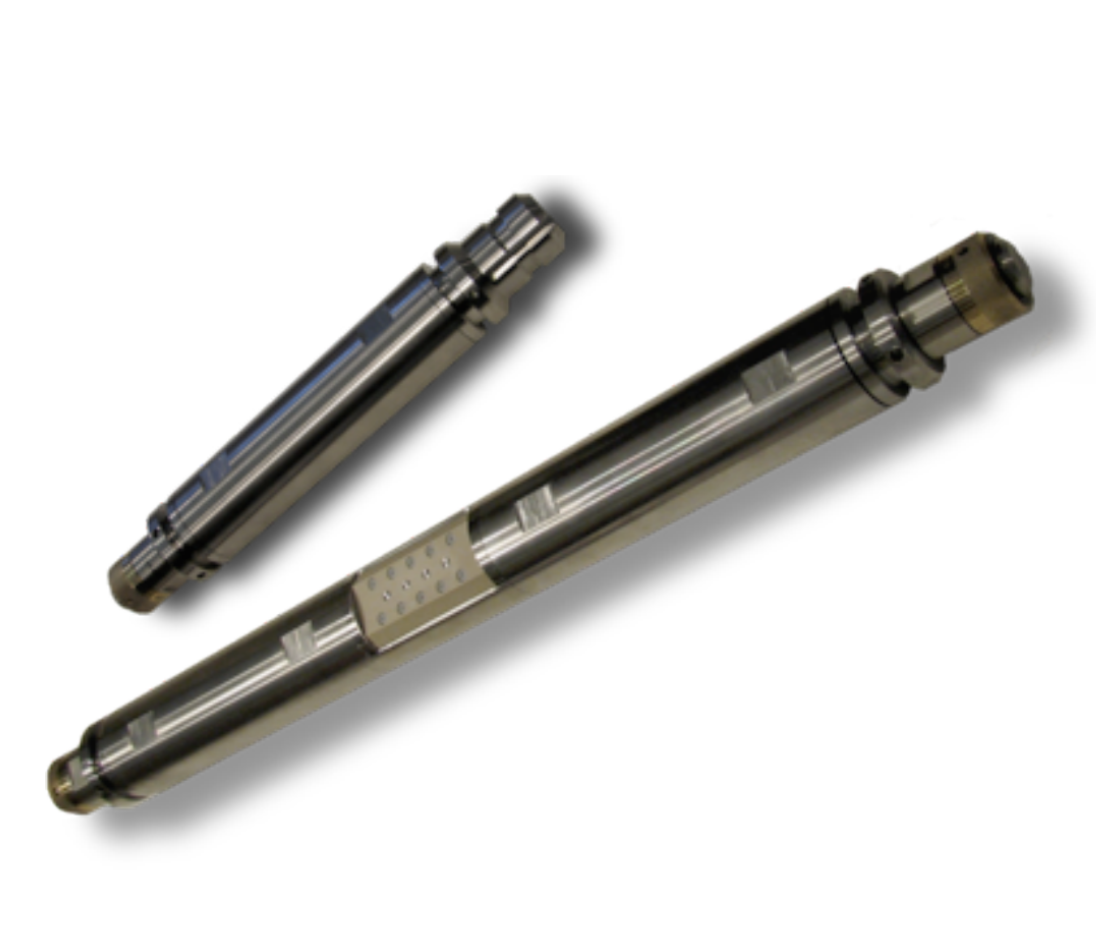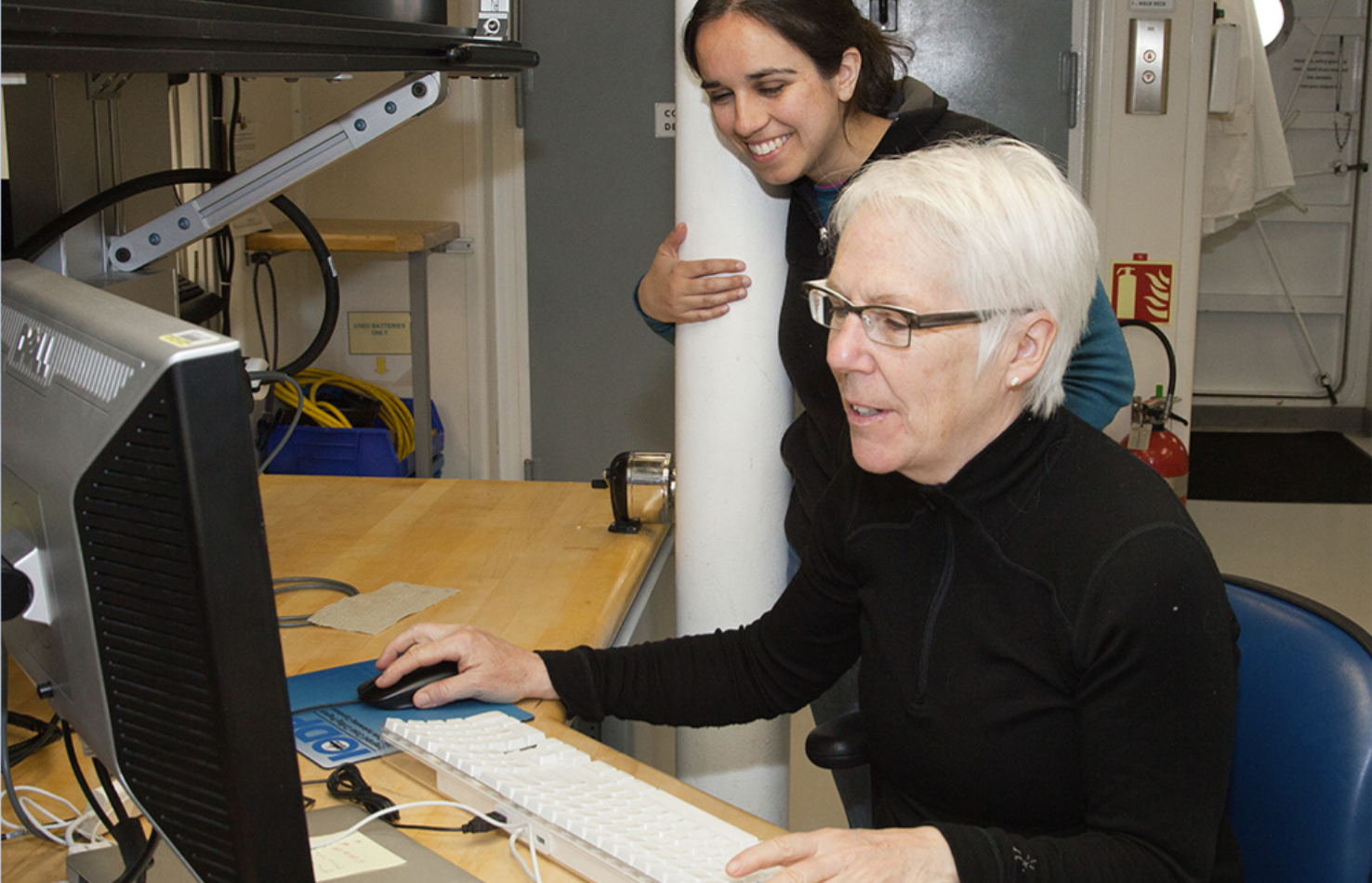
SCIMPI BLOG
A great team at the heart of every innovation.
Transcend Engineering is proud of our team. We share this blog so you can learn more about SCIMPI and what it is like to collaborate with us.

ECORD Expedition 501: SCIMPI is fully deployed.
Drilling, coring, and logging were ahead of schedule, so when Max, SCIMPI Engineer, and Ian, Marine Operations Engineer, stepped off the OSV Gaspee onto the L/B Robert at around 18:00 on July 30, 2025, the SCIMPI system was already laid out on deck—with all modules and cables connected, and all floats attached and banded to the cable…

SCIMPI History: The SHRIMPI
Simple Cabled Instrument Measuring Parameters In-Situ (SCIMPI) is modular, when deployed down a borehole the components are separated by floats to maintain their position. A command module is positioned at the surface recording data and either cabled to infrastructure or awaiting an ROV visit…

SCIMPI: origin story.
The first SCIMPI prototype was deployed in May 2013 during IODP Expedition 341S—but that’s not where the story begins. Like many breakthroughs in science, SCIMPI’s origin is a story of vision, persistence, and a dedicated team. It’s also the origin story of Transcend Engineering and its Lead Technologist, Stephen Farrington…
